AI in Automation: Discover Automatable Tasks With AI in 2024
The advances in AI since the rise of deep learning can usher a new age of automation as machines go beyond human capabilities in a wide range of tasks.
The jobs that can be mostly automated include
- predictable physical labor
- white-collar back-office work: data collection and processing
Machines can now perform the activities involved in these jobs better/cheaper than humans. These activities include tasks that involve manipulating tools, extracting data from documents and other semi-structured data sources, making tacit judgments, and even sensing emotions. In the next decade, driving is likely to become automated as well, enabling one of the most common professions to be automated.
What share of jobs can be automated?
Based on McKinsey and PwC’s analysis, ~20% of business activities can be automated using today’s technology. PwC estimates this automation wave to take place until the late 2020s and that automation could reach 30% of all existing jobs by mid-2030s.
McKinsey estimates that at least ~18% of activities are possible to be automated with today’s technology. 18% is estimated on a bottom-up estimate that 30% of activities in ~60% of all occupations can be automated. McKinsey also predicts that <5% of occupations can be entirely automated with today’s AI advances.
Example occupations and automation potential according to McKinsey:
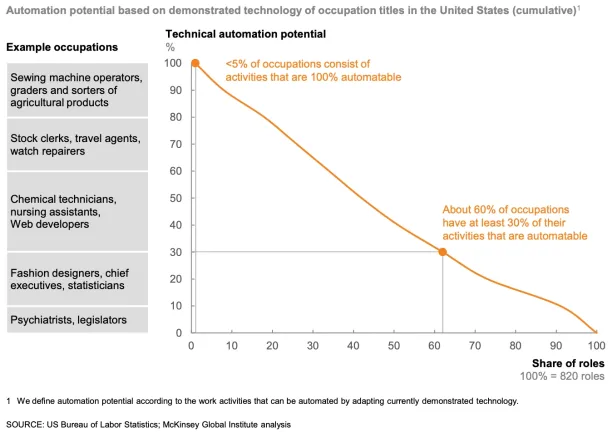
PwC estimates 20% of jobs to be automated by the late 2020s and 30% of jobs to be automated by the mid-2030s. PwC divides this transformation of automation into three main phases: algorithm wave (to early 2020s), augmentation wave (to late 2020s), and autonomy wave (to mid-2030s). Simple computational tasks are automated, and analysis of structured data is conducted in the algorithm wave which we are currently in.
The next phase is the augmentation wave. Automation of repeatable tasks and dynamic interaction with AI will be common in this period. Also, semi-automated robotic tasks like moving objects in warehouses are a part of this phase.
Lastly, the full automation of physical labor will become prominent in the autonomy wave. Using AI for problem-solving in dynamic real-world situations that require responsive actions like transportation and manufacturing is the main focus. While the technology is expected to reach full maturity on an economy-wide scale in the mid-2030s, PwC estimates ~30% of the jobs in all sectors will be automated by that period. Below, you can see a figure that shows the automation potential in different sectors:
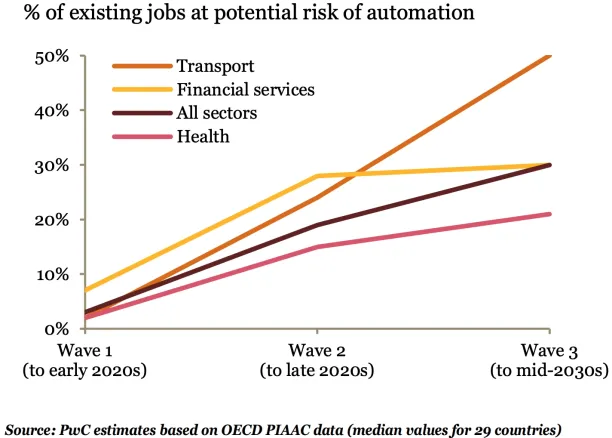
Automation can raise productivity growth by 0.8 to 1.4% annually with the current AI-powered automation tools by reducing errors and improving quality and speed, and in some cases achieving outcomes that go beyond human capabilities. Thus, companies are inclined to automate their tasks to improve their productivity.
As we group these occupations into categories, we see that the top three categories have a large potential for automation. These activities are:
- Predictable physical labor
- Data processing
- Data collection
This article will investigate each category to understand the automation potential and how businesses can automate their tasks under these categories.
What are the jobs most prone to automation?
Jobs requiring predictable physical labor
McKinsey states that performing physical activities in predictable environments has the highest potential for automation. It predicts that 81% of such activities are prone to automation with current AI technologies including robotics.
Physical labor activities are divided into predictable and unpredictable activities. Machines are better than humans at performing predictable activities as they don’t get bored and can tirelessly perform repetitive and predictable activities. However, unpredictable activities require the human level of flexibility in adapting tasks that are still not available to machines.
The highest probability of automation jobs requires lower education levels and includes repetitive tasks. This is quite expected while repetitive tasks provide a predictable environment for the machines and they can successfully perform low-skill tasks without any breaks. Deloitte has occupations with the highest probability of automation in the following table.
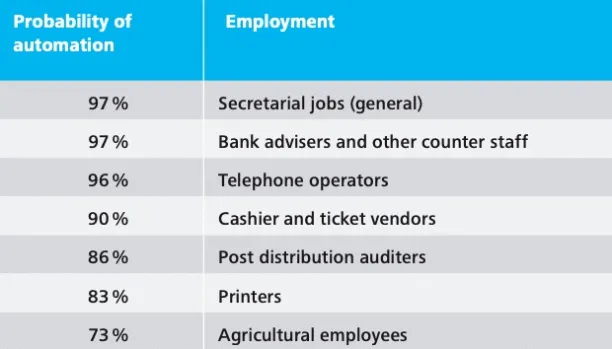
A PwC report on automation indicates that machine operators and assemblers become a prominent occupation with high automation potential. While their task can be automated by 64% according to the report, PwC estimates that businesses can achieve this potential by 2035.
While self-driving cars are trending, jobs in the transportation industry are at the potential risk of automation according to the same study by PwC. By the mid-2030s, 50% of existing jobs in the transportation industry could potentially be automated.
Manufacturing is another industry that is prone to the automation of predictable labor. As Bain predicts that automation in manufacturing will grow by 55% from 2015 to 2030, companies are working on smart, fully automated factories that will have accelerated and continuous production. Ericsson will run its first one in early 2020, however, the plant will initially have a staff of ~100 before it becomes fully autonomously operating.
Data processing
Data processing is the second work activity that has the highest potential for automation. Businesses can automate 69% of their time at data processing, according to McKinsey. This process includes storing, manipulating, preparing, and distributing data. Automated data processing will enable increased business effectiveness and lower costs.
Numerous customer-facing processes such as loan applications, customer service queries, account upgrades of telecom customers, etc. are dependent on data processing. Automation will enable the processing of large amounts of information with minimal human interaction and sharing it with the right audiences leading to faster, less error-prone data processing. This will improve the customer experience.
Even investor-facing processes can be prone to errors that harm companies’ both reputation and finances. There are numerous cases, including one that made a famous trader more famous, of trading typos that result in millions of losses.
Beyond stakeholder-facing processes, business decisions rely on data analysis and reporting. Historically, executives relied on manually produced reports for decision-making. Today, an increasing share of reports are produced automatically. Faster, less error-prone data analysis will improve the quality of business decisions.
HR’s tasks, such as:
- Assessing and creating newcomer data,
- CV screening,
- Data cleansing,
- Payroll processing, etc. With automation, HR can remove process delays and reduce costs by 65% compared to an offshore-based FTE in the Shared Service Center.
Can be automated. This lowers process delays and reduces costs
Data collection
While data collection constitutes 17% of total time in all US occupations, McKinsey suggests that businesses can automate 64% of their data collection processes. By automation, businesses will reduce the amount of manual required data entry, save time for their organizational processes by collecting required data faster and diminish their costs.
Manual data collection is slow and slows down all processes that rely on it. Furthermore, the repetitive and tedious task of entering customer/supplier information from forms, faxes, e-mails, and other documents into databases costs billions, demoralizes employees, and leads to costly errors.
A common example is accounts payable. Most companies currently manually capture data from invoices even in developed markets like the EU since these documents are not fully standardized and digitized:
Share of e-invoicing in EU as of 2019:
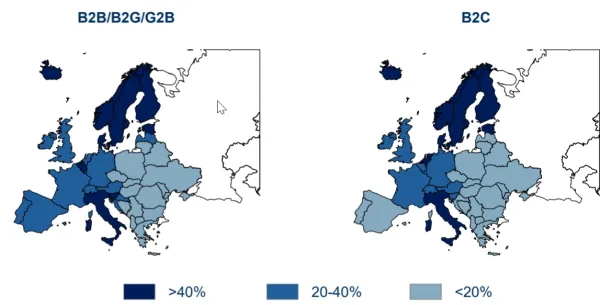
Current automation technologies are capable of introducing ~80% automation to accounts payable while most companies rely on legacy, template-based Optical character recognition (OCR) systems that enable only 10-15% automation. OCR is a software technology that enables us to convert scanned hardcopy documents and images into editable digital texts which can now be stored, searched, transferred, and sorted. However, OCR does not create key-value pairs that are ready to be inserted into databases. Deep learning-based solutions address this gap and identify key-value pairs and tables in papers, receipts, contracts, or books so they can be inserted into databases. Feel free to read more on this from our article on automated invoice capture.
If you want to read more about AI, these articles can also interest you:
- State of AI technology
- AI in Business: Guide to Transforming Your Company
- Top AI Use Cases / Applications
If you believe your business will benefit from an AI solution, feel free to check our data-driven hub of AI solutions.
You can also check out our list of AI tools and services:
And let us guide you find the right tools for your business

Cem has been the principal analyst at AIMultiple since 2017. AIMultiple informs hundreds of thousands of businesses (as per similarWeb) including 60% of Fortune 500 every month.
Cem's work has been cited by leading global publications including Business Insider, Forbes, Washington Post, global firms like Deloitte, HPE, NGOs like World Economic Forum and supranational organizations like European Commission. You can see more reputable companies and media that referenced AIMultiple.
Throughout his career, Cem served as a tech consultant, tech buyer and tech entrepreneur. He advised businesses on their enterprise software, automation, cloud, AI / ML and other technology related decisions at McKinsey & Company and Altman Solon for more than a decade. He also published a McKinsey report on digitalization.
He led technology strategy and procurement of a telco while reporting to the CEO. He has also led commercial growth of deep tech company Hypatos that reached a 7 digit annual recurring revenue and a 9 digit valuation from 0 within 2 years. Cem's work in Hypatos was covered by leading technology publications like TechCrunch and Business Insider.
Cem regularly speaks at international technology conferences. He graduated from Bogazici University as a computer engineer and holds an MBA from Columbia Business School.
To stay up-to-date on B2B tech & accelerate your enterprise:
Follow onNext to Read
Automation Testing Tools in 2024: Code-based, Robotics & AI
43 Back Office Automation Examples in 2024: RPA, WLA, AI/ML
These are very knowledge enhancing for me.
Thanks
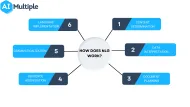
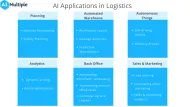
Comments
Your email address will not be published. All fields are required.